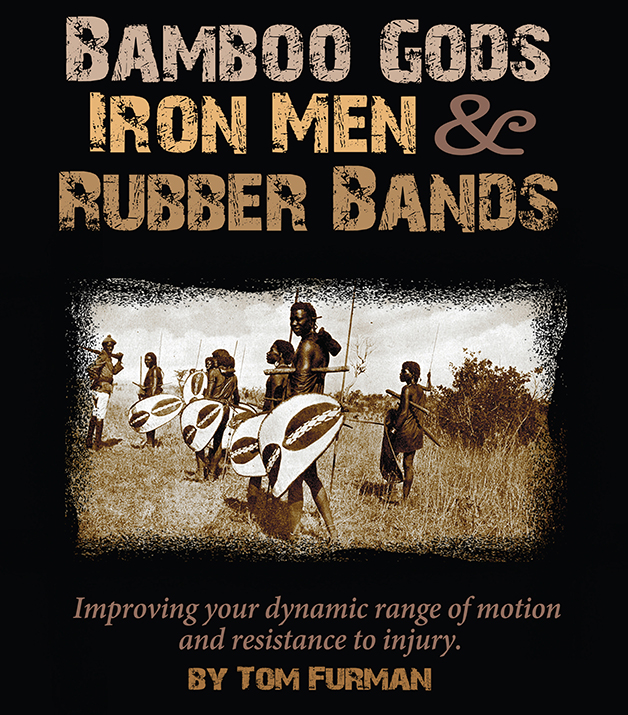Exercise Physiology and Physical Exam
Spine. 27(4):399-405, February 15, 2002.
Richardson, Carolyn A. PhD *; Snijders, Chris J. PhD +; Hides, Julie A. PhD ++; Damen, Leonie MSc +[S]; Pas, Martijn S. MSc +; Storm, Joop BSc +
Abstract:
Study Design. Two abdominal muscle patterns were tested in the same group of individuals, and their effects were compared in relation to sacroiliac joint laxity. One pattern was contraction of the transversus abdominis, independently of the other abdominals; the other was a bracing action that used all the lateral abdominal muscles.
Objectives. To demonstrate the biomechanical effect of the exercise for the transversus abdominis known to be effective in low back pain.
Summary of Background Data. Drawing in the abdominal wall is a specific exercise for the transversus abdominis muscle (in cocontraction with the multifidus), which is used in the treatment of back pain. Clinical effectiveness has been demonstrated to be a reduction of 3-year recurrence from 75% to 35%. To the authors’ best knowledge, there is not yet in vivo proof of the biomechanical effect of this specific exercise. This study of a biomechanical model on the mechanics of the sacroiliac joint, however, predicted a significant effect of transversus abdominis muscle force.
Methods. Thirteen healthy individuals who could perform the test patterns were included. Sacroiliac joint laxity values were recorded with study participants in the prone position during the two abdominal muscle patterns. The values were recorded by means of Doppler imaging of vibrations. Simultaneous electromyographic recordings and ultrasound imaging were used to verify the two muscle patterns.
Results. The range of sacroiliac joint laxity values observed in this study was comparable with levels found in earlier studies of healthy individuals. These values decreased significantly in all individuals during both muscle patterns (P < 0.001). The independent transversus abdominis contraction decreased sacroiliac joint laxity (or rather increased sacroiliac joint stiffness) to a significantly greater degree than the general abdominal exercise pattern (P < 0.0260). Conclusions. Contraction of the transversus abdominis significantly decreases the laxity of the sacroiliac joint. This decrease in laxity is larger than that caused by a bracing action using all the lateral abdominal muscles. These findings are in line with the authors’ biomechanical model predictions and support the use of independent transversus abdominis contractions for the treatment of low back pain.
__________________












What this study doesn’t address is the ultimate take home from any study/research – what are the real world implications of this info? Does that mean that if I pick up a 200# weight (person, object, etc) that I should suck my abs to my navel (instead of bracing), and I’ll lift more and/or avoid back pain?
So there is less laxity in the SI joint… While it may be significant in a measurable “lab coat” setting, does this pan-out in real world situations?
How about train a two groups of manual laborers to either suck in or brace their abs. Then have them load and unload things for a few months, and then see which ones have less pain, wear and tear, fewer missed days, better work capacity (boxes moved per hour) and other “real world” measures.
My personal observation is that EVERY world class weightlifter, powerlifter, strongman, etc. seems to brace their abs before lifting something heavy (or support holding things overhead) as opposed to sucking in their abs like the Frank Zane picture you show.
This study confuses lab coat measurements with real lift situations. How about forearm flexation? When you “goose neck” your forearm, don’t you get a better contraction? Then why don’t people DL with bent wrists? Because you are weaker biomechanically and weaker leverage-wise, and you are weaker in real life – you can’t hold on to as much weight REGARDLESS of how much “harder” the muscle contracts in a flewed position (as opposed to being neutral).
My issue is this is not an either/or situation. The two sides argue and McGill is seen as Jesus Christ. “No significant load has been lifted by anyone while drawing their navel to their spine.” Fine. KB’s are NOT a maximal load. They are a strength endurance tool. If you want a maximum load (like a BP, SQ, or DL), then use a barbell and brace. Joe Pilates has a bigger following which again means nothing. I view these as two different skills, period. I great breakdown is the book, “Ultimate Pilates”. Check Amazon. No one argued this crap years ago,.. they lifted. Norbert Schemansky was the strongest, and also won bodybuilding by the way. Narrow waist,.. not blown out.